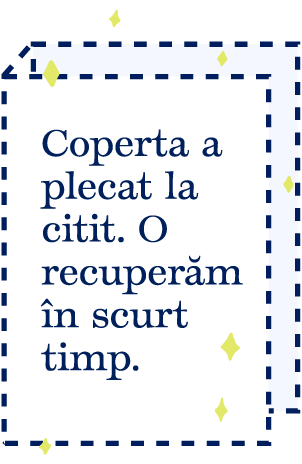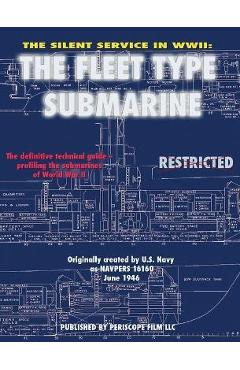Chamber Divers: The Untold Story of the D-Day Scientists Who Changed Special Operations Forever

Chamber Divers: The Untold Story of the D-Day Scientists Who Changed Special Operations Forever
This is the previously classified story of one group of scientific researchers--men and women--who exposed themselves to extraordinary risks to make D-Day a success. On the beaches of Normandy, two summers before D-Day, the Allies attempted an all but forgotten landing. Of the nearly seven thousand Allied troops sent ashore, only a few hundred survived the terrible massacre, and the reason for the debacle was a lack of reconnaissance. The shore turned out to be impassable to tanks. The Nazis had hidden obstacles in unexpected places. The fortifications were more numerous--and deadly--than imagined. The Allies knew they needed to take the fight to Hitler on the European mainland to end the war, but they could not afford to be unprepared again. A small group of eccentric researchers, experimenting on themselves from inside pressure tanks in the middle of the London air raids, explored the deadly science needed to enable the critical reconnaissance vessels and underwater breathing apparatuses that would enable the Allies' dramatic, history-making success during the next major beach landing: D-Day. Based on top secret documents only recently declassified and hunted down by Rachel Lance, this is the story of a band of maverick, hard-drinking submarine researchers, led by the controversial, brilliant biologist and communist sympathizer JBS Haldane as well as the intrepid Dr. Helen Spurway. Without their lab and its wartime work, neither SEALs nor submarines could prowl the ocean the way they do today.
The previously classified story of the eccentric researchers who invented cutting-edge underwater science to lead the Allies to D-Day victory In August 1942, more than 7,000 Allied troops rushed the beaches of Normandy, France, in an all but-forgotten landing. Only a small fraction survived unscathed. It was two summers before D-Day, and the Allies realized that they were in dire need of underwater intelligence if they wanted to stand a chance of launching another beach invasion and of winning the war. Led by the controversial biologists J. B. S. Haldane and Dr. Helen Spurway, an ingenious team of ragtag scientists worked out of homemade labs during the London Blitz. Beneath a rain of bombs, they pioneered thrilling advances in underwater reconnaissance through tests done on the
PRP: 198.40 Lei
Acesta este Pretul Recomandat de Producator. Pretul de vanzare al produsului este afisat mai jos.
178.56Lei
178.56Lei
198.40 LeiIndisponibil
Descrierea produsului
This is the previously classified story of one group of scientific researchers--men and women--who exposed themselves to extraordinary risks to make D-Day a success. On the beaches of Normandy, two summers before D-Day, the Allies attempted an all but forgotten landing. Of the nearly seven thousand Allied troops sent ashore, only a few hundred survived the terrible massacre, and the reason for the debacle was a lack of reconnaissance. The shore turned out to be impassable to tanks. The Nazis had hidden obstacles in unexpected places. The fortifications were more numerous--and deadly--than imagined. The Allies knew they needed to take the fight to Hitler on the European mainland to end the war, but they could not afford to be unprepared again. A small group of eccentric researchers, experimenting on themselves from inside pressure tanks in the middle of the London air raids, explored the deadly science needed to enable the critical reconnaissance vessels and underwater breathing apparatuses that would enable the Allies' dramatic, history-making success during the next major beach landing: D-Day. Based on top secret documents only recently declassified and hunted down by Rachel Lance, this is the story of a band of maverick, hard-drinking submarine researchers, led by the controversial, brilliant biologist and communist sympathizer JBS Haldane as well as the intrepid Dr. Helen Spurway. Without their lab and its wartime work, neither SEALs nor submarines could prowl the ocean the way they do today.
The previously classified story of the eccentric researchers who invented cutting-edge underwater science to lead the Allies to D-Day victory In August 1942, more than 7,000 Allied troops rushed the beaches of Normandy, France, in an all but-forgotten landing. Only a small fraction survived unscathed. It was two summers before D-Day, and the Allies realized that they were in dire need of underwater intelligence if they wanted to stand a chance of launching another beach invasion and of winning the war. Led by the controversial biologists J. B. S. Haldane and Dr. Helen Spurway, an ingenious team of ragtag scientists worked out of homemade labs during the London Blitz. Beneath a rain of bombs, they pioneered thrilling advances in underwater reconnaissance through tests done on the
Detaliile produsului





























